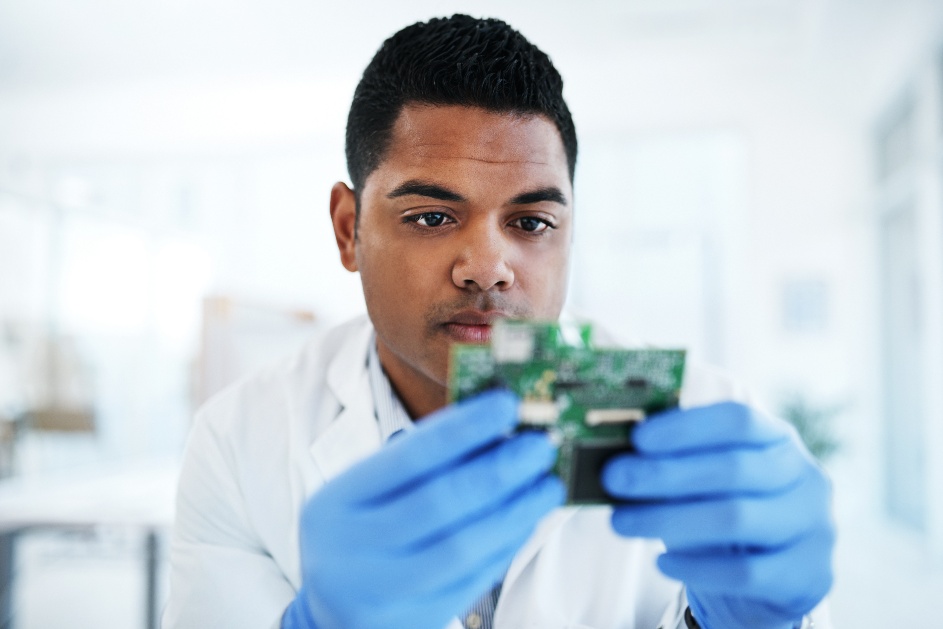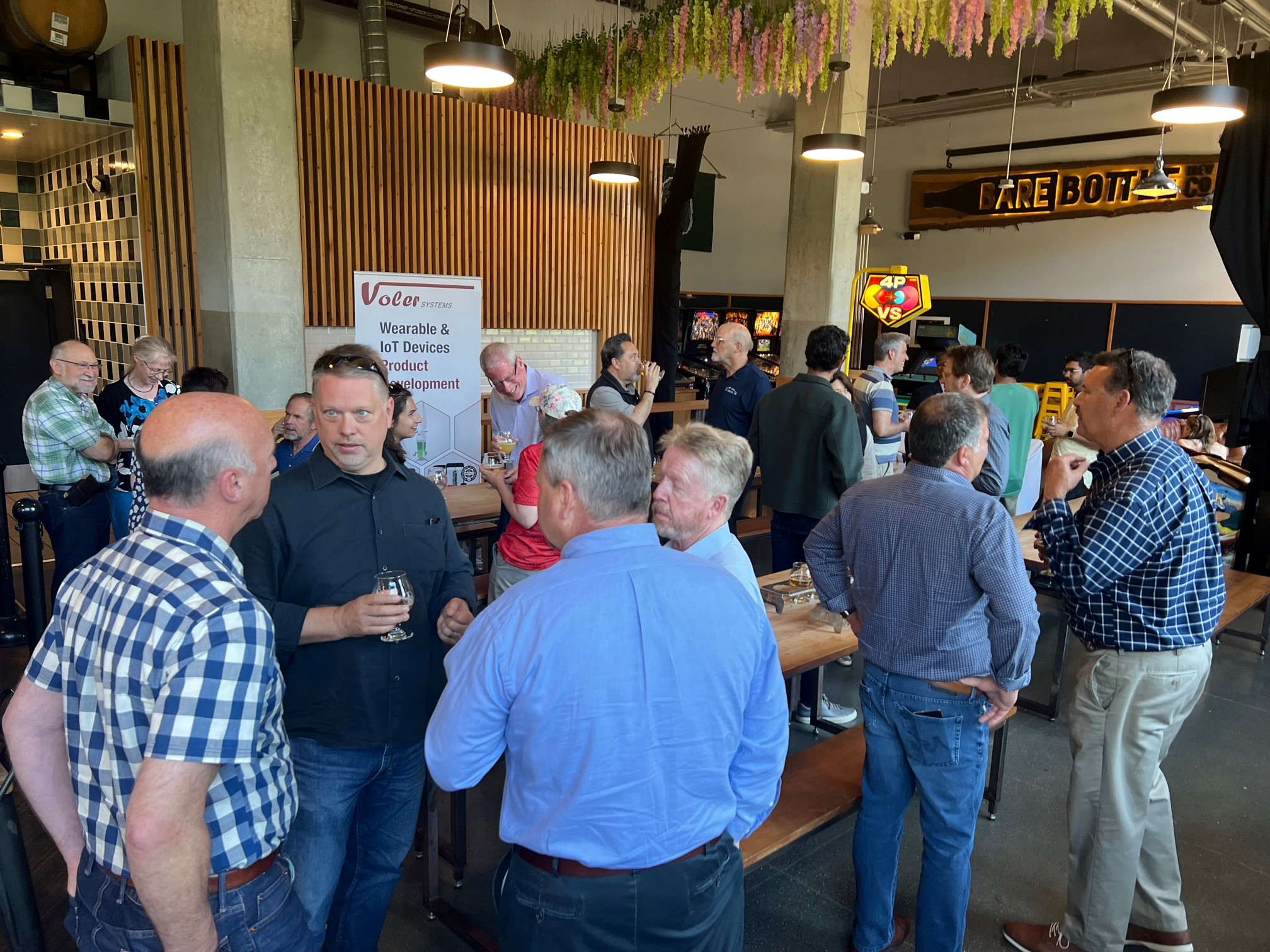

Efficient electrical and firmware development is paramount for feeding our ever-increasing reliance on technology. Everywhere you look, devices are getting more intelligent, streamlined, and capable than ever.
The global consumer electronics market is set to reach nearly $990 billion by 2027. The IoT and wearable spaces, in particular, are experiencing substantial growth. The same applies to medical technology, which projections show reaching over $570 billion by 2023.
But, electrical and firmware development is a complex process, and inexperienced companies can sink millions into a project without getting a final product to bring to market.
Whether this is your first development project or you're looking for ways to improve your approach, here are some need-to-know tips from Voler Systems president Walt Maclay.


Expert Analog Design Powers High-Accuracy Mass Flow Sensor Development
Customer Introduction
This California-based business specializes in sensing instruments for laboratory and industrial applications and wanted to design its next-generation mass flow sensor.
Problem/Goal
- The sensor must meet industrial accuracy.
A mass flow sensor uses a heated sensor that cools in the presence of fluid flow. There is a reference sensor that is not in the fluid flow. The flow is calculated from the difference in the readings from the two sensors. The design requires careful analog circuit design to achieve high accuracy. Firmware in the device controls the heating of the sensors, calculates the fluid flow, displays the results on a built-in screen, and communicates to other equipment over a serial communication port.
- The company lacked an engineer with senior analog design skills.
The circuit has to be carefully designed, and the circuit board must be carefully laid out to prevent errors due to voltage drops in the copper wires where the currents are quite high. This requires an experienced analog circuit design engineer.
- Effective collaboration and work integration with the in-house mechanical design team.
Creating the next-generation mass flow sensor is a complex project requiring effective communication and an interdisciplinary understanding between the electrical engineering team and the company's in-house mechanical design team.


Auracast™: The Next Gen of Audio – How to Qualify Your Product with Broadcast Audio
Auracast™ broadcast audio, based on Bluetooth LE Audio, is now available for public locations. As public venues begin to implement Auracast™ in 2023, it will revolutionize the future of audio for use cases such as:
- Silent screens
- Tour systems
- Multi-language support options
With registered Auracast™ transmitters for public use, the next generation of augmented/assistive listening is occurring in large and small venues such as:
- Airports
- Conference centers
- Gymnasiums
- Cinemas
- Houses of worship
What is Auracast™ Broadcast Audio?



Voler Systems and Fusion Design, a Mechanical Engineering & Industrial Design partner, co-hosted a networking event at the BareBottle Taproom in Santa Clara CA on June 15th. Nearly 40 execs from the Bay Area joined us for a very enjoyable evening.
Our next networking events will take place in the Washington DC/Vienna VA area in August, Indianapolis in September, and Boston in October. If you are based at any of these locations, please send Miguel Adao a note, and he will be sure to include you in the respective invitation!

Voler has helped many premier clients turn device ideas into reality. Whether you are looking for Medical Device or Wearable Technologies, Industrial IoT Device Designs, Electronic Support, Hardware/Firmware/Software, Wireless, Sensors, Motion Control, Microprocessors or FPGA Development, Voler can help you along the journey – always with a focus on keeping risks low, and keeping projects on-time, on-budget, and easy to manufacture.